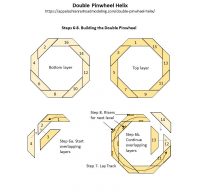Weathering an Old Coal Hopper

(Note: for a more complete, step-by-step process, read ARRM’s more recent article on weathering coal hoppers as well)
Coal hoppers endure some heavy use and exposure to the elements. The loading process and constant scraping of coal on the slope sheets and sides during unloading quickly wears these cars down and produces some neat weathering that begs to be modeled. Younger steel cars tend to show bare metal slick spots, especially on the slope sheets. These metal spots tend to show a bit of rust around the edges, but over time, the whole interior can turn to rust that continually regenerates through the loading and unloading process. Here’s my process for detailing and weathering old “rust bucket” hoppers using a … Read more







